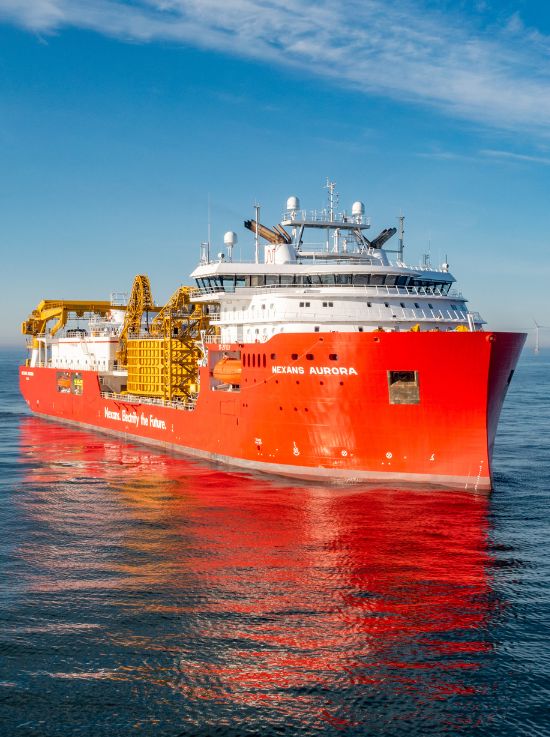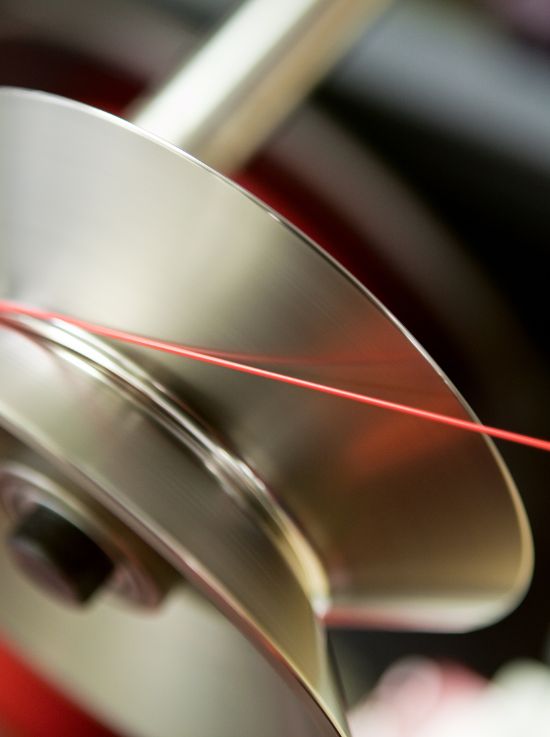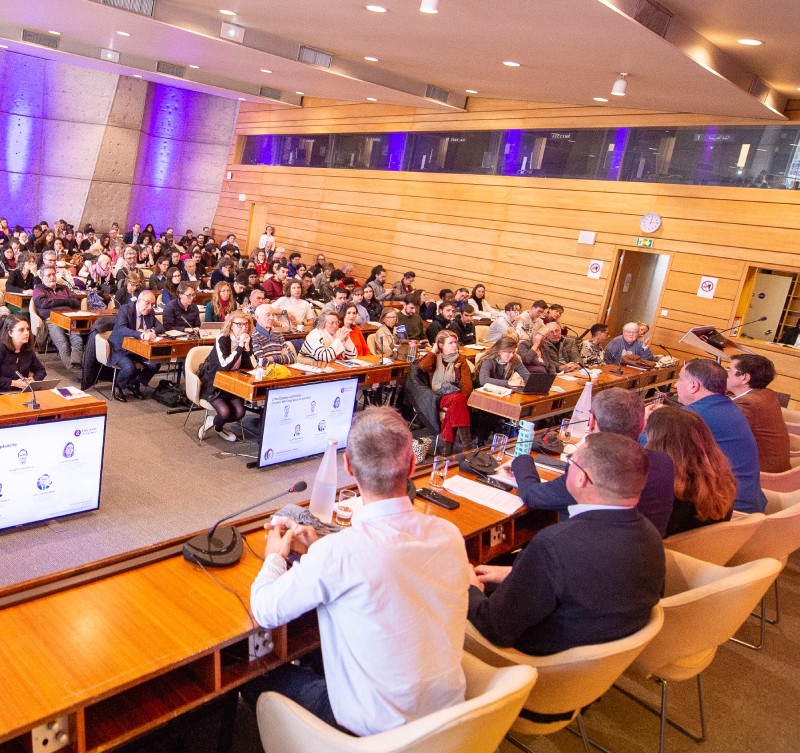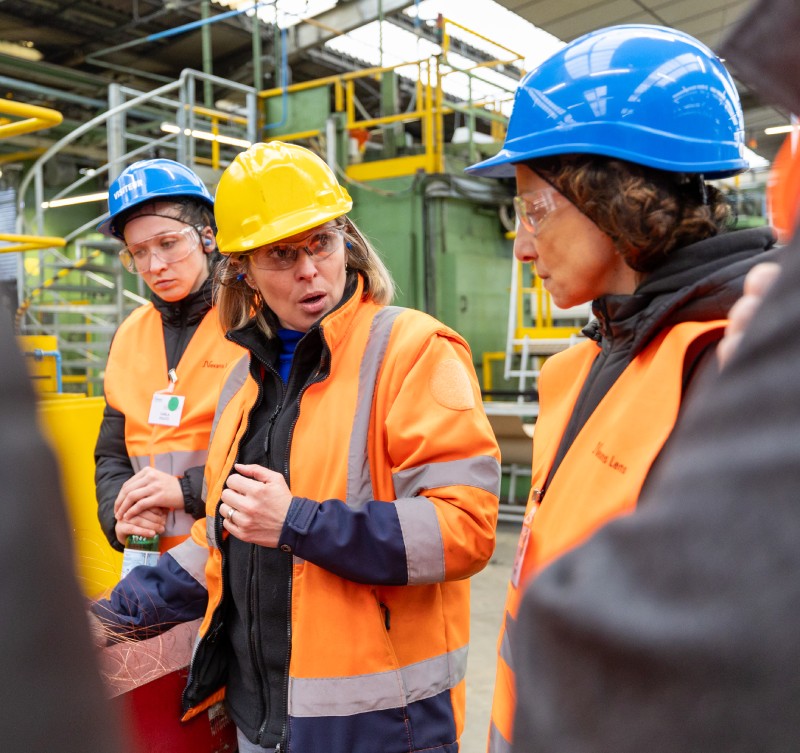The first prototypes, intended for qualification phases, will be produced at the Grimsås pilot plant in Sweden. Nexans will implement a prequalification process to assess the performance of the new DC cables, followed by real-world testing in pilot projects.
Cables play an essential role in electrical installations. They ensure the connection between consumption points, such as heat pumps, cooling systems, or air conditioning, and energy sources like solar panels and batteries, whether for storage or from vehicles. They also enable network interconnection while ensuring the safety of people and equipment.
Throughout the project, several on-site demonstration sites will be deployed: two direct current laboratories and four demonstrators to test developed solutions for:
- Ports: How to power docked cruise ships?
- Buildings: Implementing a DC Micro-Grid in commercial buildings that integrate energy sources and consumers.
- Data Centers: While telecom equipment already operates on DC, how can this be extended to building power supply?
- Industry: Demonstrating the ability to run an industrial site, including automation lines, entirely on DC.
The goal is to demonstrate the real-world benefits of these solutions, validate the functionality of such electrical networks, and ensure the interoperability of all components.
With the Shift2DC project, Nexans and its partners are committed to validating the feasibility and relevance of DC installations for the buildings of tomorrow!
Nexans is also a member of the Current/OS Foundation, promoting and fostering the adoption of DC microgrids.
Towards Reliable Direct Current Cable Systems? Discover our dedicated article: “Unlocking the Power of DC Buildings.”
(*) Net Zero Emission Buildings: A European directive requiring that all new buildings, from 2020 onward, have high energy performance and very low energy needs, largely covered by on-site and nearby renewable energy sources.










